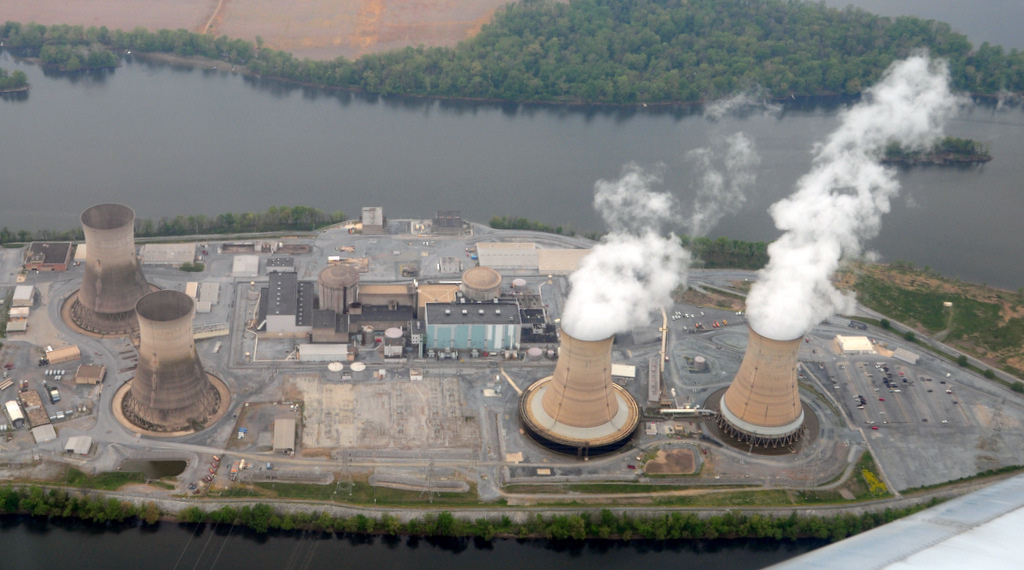“Karachi’s energy crisis: a nuclear dilemma”
August 10 Pakistan faces an energy crisis but Faheem Bin Tariq, a Correspondent from Karachi, Pakistan, explains that a nuclear power solution poses a controversial dilemma.
Pakistan faces an energy crisis but Faheem Bin Tariq, a Correspondent from Karachi, Pakistan, explains that a nuclear power solution poses a controversial dilemma.
Pakistan is facing an energy shortfall and a crisis which is badly affecting the economy of the war-torn county, as well as her part as an ally in the war on terrorism. And the agreement leading to induction of India into the nuclear supplier group to boost her economy indeed turned Pakistan’s crisis into a nuclear dilemma.
This dilemma has pushed Pakistan’s decision makers to reach out to China to build up nuclear capabilities for peaceful use of nuclear technology, which is something amazing. Khalid Mir, who is leading Youth Against Arms’ campaign on eliminating weapons, remarks that such a shift in policy of a country often associated with nuclear proliferation should be applauded.
The challenge now is the installation of two nuclear reactors about ten kilometres from the megacity of Karachi. There are already two nuclear plants working at the site, but these yet-to-be installed reactors would be fivefold bigger in nuclear capacity and apparently in danger as well.
Learning lessons from the historic incidents of Chernobyl, Three Miles Island and Fukushima, this exercise raises public alarm over a potential nuclear nightmare.
Representing plus third generation, these reactors reportedly offer additional security and safety, though that merely exists on paper as yet. The first-ever reactor of this model would be completed at Fuqing in China by the next year, so the installed reactor in Karachi would be an untested one. Here it is important to mention that the four reactors China sold to Pakistan in 1990s had design problems that were secured by a US based firm.
But then for her share, China is the only nuclear supplier willing to invest in civilian nuclear power of Pakistan, as Pakistan is not a signatory to the Non-Proliferation Treaty.
“Just for civil use of nuclear technology,” says Sofia from Nuclear Conversations, a youth lead initiative for promoting nuclear discourse, “nuclear groups should come forward to help out by offering subsidiaries to Pakistan”.
The state’s environmental agency approved the nuclear construction plan recently while declaring the project safe. Yet at the site of the plant, the population density is around 6,500 per square mile, including dwellers of underprivileged slums. Unfortunately, to understand the severity of the upcoming calamity: the poor people living nearby are neither educated enough nor cared for sufficiently in terms of their security and health.
Once the reactor is built, it would offer jobs to thousands among the unemployed masses. At the same time, more people would be living close by here as compared to comparably powerful reactors anywhere else in the world.
The environmental assessment does not highlight the effects of radiation on aquatic life. There is a popular tourist site of Paradise Point nearby attracting thousands of visitors every day and also two sanctuaries, recognised by the International Union for Conservation of Nature, in range of ten kilometres from the reactors.
During public hearing of the environmental assessment, an expert said that the radiation exposure one would get near the boundary wall of reactor equals the exposure one gets during a return air flight between Karachi and New York, so not to be worried about radiation.
This is indeed quite illogical to compare temporary radiation to permanent exposure that would be absorbed by local populations, people and other living beings inclusive.
There was news in the 1980s of espionage plans aimed at destroying Pakistan’s nuclear facilities, although the experts are of the opinion that double containment and third generation design makes the plants attack resistant.
But there is the major airfield of Pakistan Air Force’s base Masroor, a potential target in times of war, in close proximity to the proposed nuclear plants. In a worst case scenario, an attack on these giant nuclear reactors with some extreme weapon could lead towards destruction of Karachi city with her 25 million population.
Critics say that these reactors – in the event of a tsunami, a cyclone or a quake – pose a risk for some two dozen coastal settlements in the vicinity.
A expert from project’s team said that a 12 metre high containment would offer much protection against tidal waves, as a UN-sponsored emergency preparedness exercise estimates nine-metre tidal waves in times of a sea-storm or tsunami. But strange things also do happen and if there is some extraordinary disaster, 12 metre containment won’t be able to save the city of Karachi.
Adding to the worries is the poor track record of provincial and national disaster management authorities.
Pakistan, though placed in a very critical situation in terms of economic development and fulfilling energy demands, should not put her citizens’ lives in risk. There is still some room open to utilize her diplomatic links to get the best civil nuclear possibilities on “nuclear for climate” grounds rather than going for easily available, low in cost, readily installable but quite risky civil nuclear solutions.
photo credit: An Interesting Window View via photopin (license)
…………………………………………………………………………………………………………………
About me: I am a youth activist and leadership facilitator who believes in the power in youth. With a mission to empower youth, I have impacted lives of at least two million young people across Pakistan. I am currently pursuing a Bachelors degree with dual majors in Architecture and Planning.
I was the British Council’s Global Changemaker (2012-13) and served as UNESCO Youth Peace Ambassador (2011-12).
…………………………………………………………………………………………………………………
Opinions expressed in this article are those of the author and do not necessarily represent the views of the Commonwealth Youth Programme. Articles are published in a spirit of dialogue, respect and understanding. If you disagree, why not submit a response?
To learn more about becoming a Commonwealth Correspondent please visit: http://www.yourcommonwealth.org/submit-articles/commonwealthcorrespondents/
…………………………………………………………………………………………………………………




